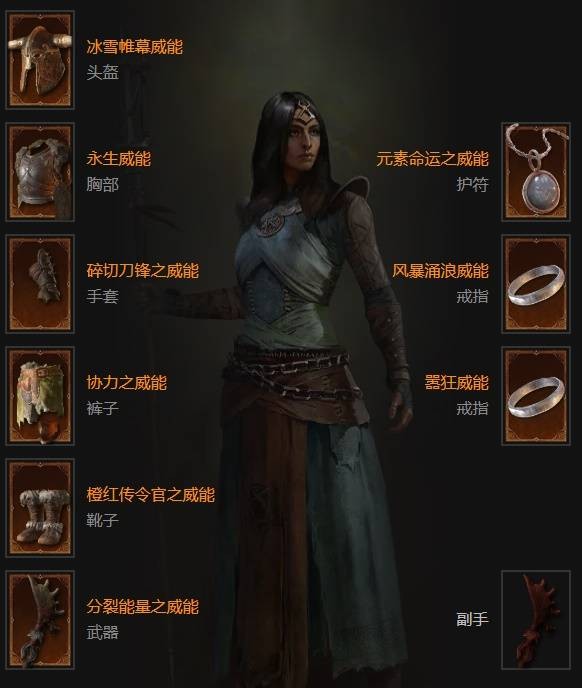jquery 学习之一 对象访问
时间:2010-11-23 来源:EWall
而且,在每次执行函数时,都会给函数传递一个表示作为执行环境的元素在匹配的元素集合中所处位置的数字值作为参数(从零开始的整形)。
返回 'false' 将停止循环 (就像在普通的循环中使用 'break')。返回 'true' 跳至下一个循环(就像在普通的循环中使用'continue')。Additionally, the function, when executed, is passed a single argument representing the position of the element in the matched set (integer, zero-index).
Returning 'false' from within the each function completely stops the loop through all of the elements (this is like using a 'break' with a normal loop). Returning 'true' from within the loop skips to the next iteration (this is like using a 'continue' with a normal loop).返回值
jQuery
参数
callback (Function) : 对于每个匹配的元素所要执行的函数
示例
迭代两个图像,并设置它们的 src 属性。注意:此处 this 指代的是 DOM 对象而非 jQuery 对象。
HTML 代码:
<img/><img/>jQuery 代码:
$("img").each(function(i){this.src = "test" + i + ".jpg";
});
结果:
[ <img src="test0.jpg" />, <img src="test1.jpg" /> ]如果你想得到 jQuery对象,可以使用 $(this) 函数。
jQuery 代码:
$("img").each(function(){$(this).toggleClass("example");
});
你可以使用 'return' 来提前跳出 each() 循环。
HTML 代码:
<button>Change colors</button><span></span> <div></div> <div></div><div></div> <div></div><div id="stop">Stop here</div> <div></div><div></div><div></div>
jQuery 代码:
$("button").click(function () { $("div").each(function (index, domEle) { // domEle == this $(domEle).css("backgroundColor", "yellow"); if ($(this).is("#stop")) { $("span").text("Stopped at div index #" + index); return false; } });});--------------------------------------------------------------------------------------------------------------------------------
size()
jQuery 对象中元素的个数。 这个函数的返回值与 jQuery 对象的'length' 属性一致。返回值
Number
示例
计算文档中所有图片数量
HTML 代码:
<img src="test1.jpg"/> <img src="test2.jpg"/>jQuery 代码:
$("img").size();结果:
2 -------------------------------------------------------------------------------------------------------------------------length
jQuery 对象中元素的个数。 当前匹配的元素个数。 size 将返回相同的值。返回值
Number
示例
计算文档中所有图片数量
HTML 代码:
<img src="test1.jpg"/> <img src="test2.jpg"/>jQuery 代码:
$("img").length;结果:
2 ---------------------------------------------------------------------------------------------------------------------------------------get()
取得所有匹配的 DOM 元素集合。
这是取得所有匹配元素的一种向后兼容的方式(不同于jQuery对象,而实际上是元素数组)。
如果你想要直接操作 DOM 对象而不是 jQuery 对象,这个函数非常有用。
返回值
Array<Element>
示例
选择文档中所有图像作为元素数组,并用数组内建的 reverse 方法将数组反向。
HTML 代码:
<img src="test1.jpg"/> <img src="test2.jpg"/>jQuery 代码:
$("img").get().reverse();结果:
[ <img src="test2.jpg"/> <img src="test1.jpg"/> ] ---------------------------------------------------------------------------------------------------------------------------------------get(index)
取得其中一个匹配的元素。 num表示取得第几个匹配的元素。 这能够让你选择一个实际的DOM 元素并且对他直接操作,而不是通过 jQuery 函数。$(this).get(0)与$(this)[0]等价。返回值
Element
参数
index (Number) :取得第 index 个位置上的元素
示例
HTML 代码:
<img src="test1.jpg"/> <img src="test2.jpg"/>jQuery 代码:
$("img").get(0);结果:
[ <img src="test1.jpg"/> ] ---------------------------------------------------------------------------------------------------------------------------------------index(subject)
搜索与参数表示的对象匹配的元素,并返回相应元素的索引值值。 如果找到了匹配的元素,从0开始返回;如果没有找到匹配的元素,返回-1。返回值
Number
参数
subject (Element) : 要搜索的对象
示例
返回ID值为foobar的元素的索引值值。
HTML 代码:
<div id="foobar"><b></b><span id="foo"></span></div>jQuery 代码:
$("*").index($('#foobar')[0])结果:
5Copyright 2006-2020 (phpxiu.com) All Rights Reserved.
本站为非盈利性网站,不接受任何广告。php爱好者










